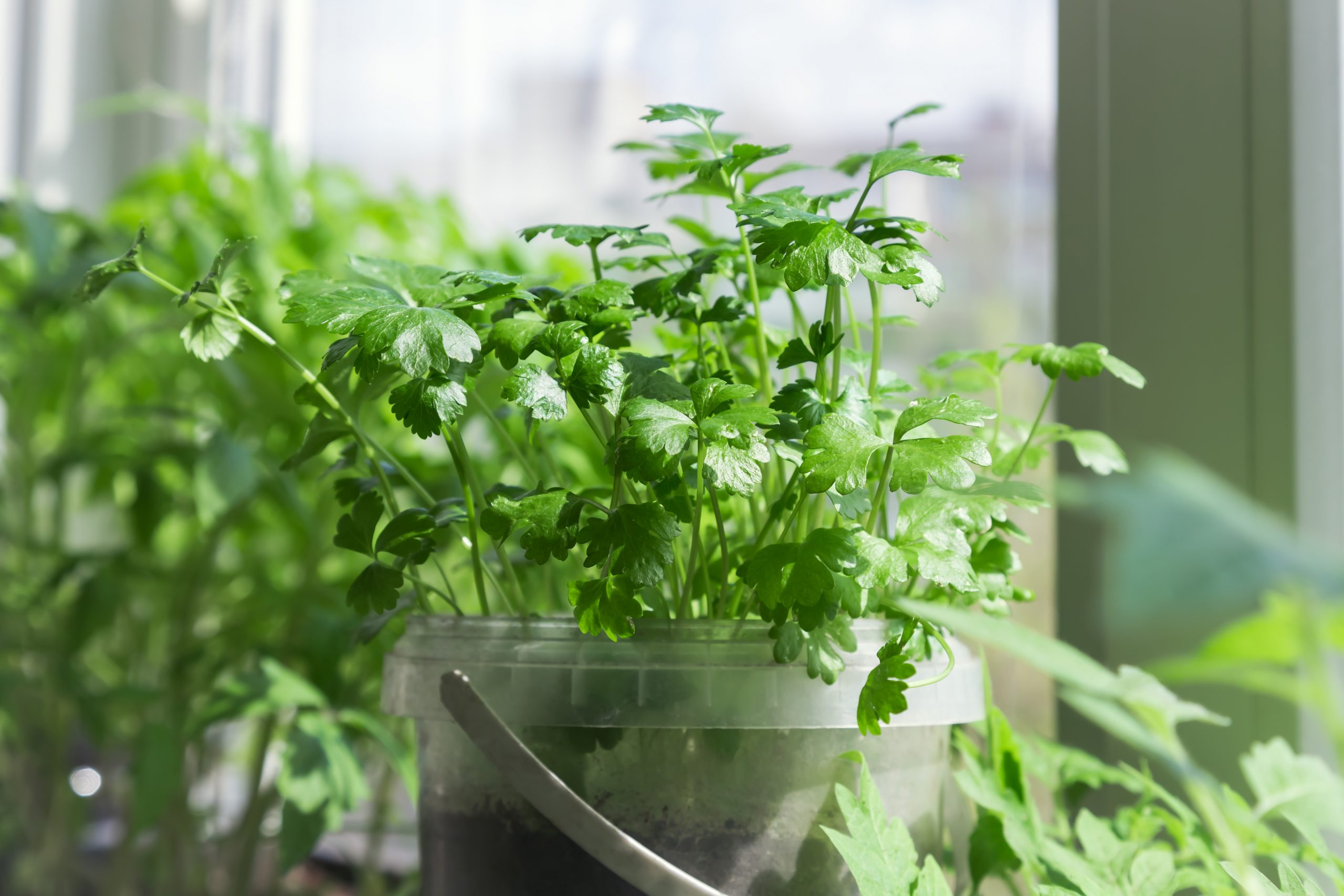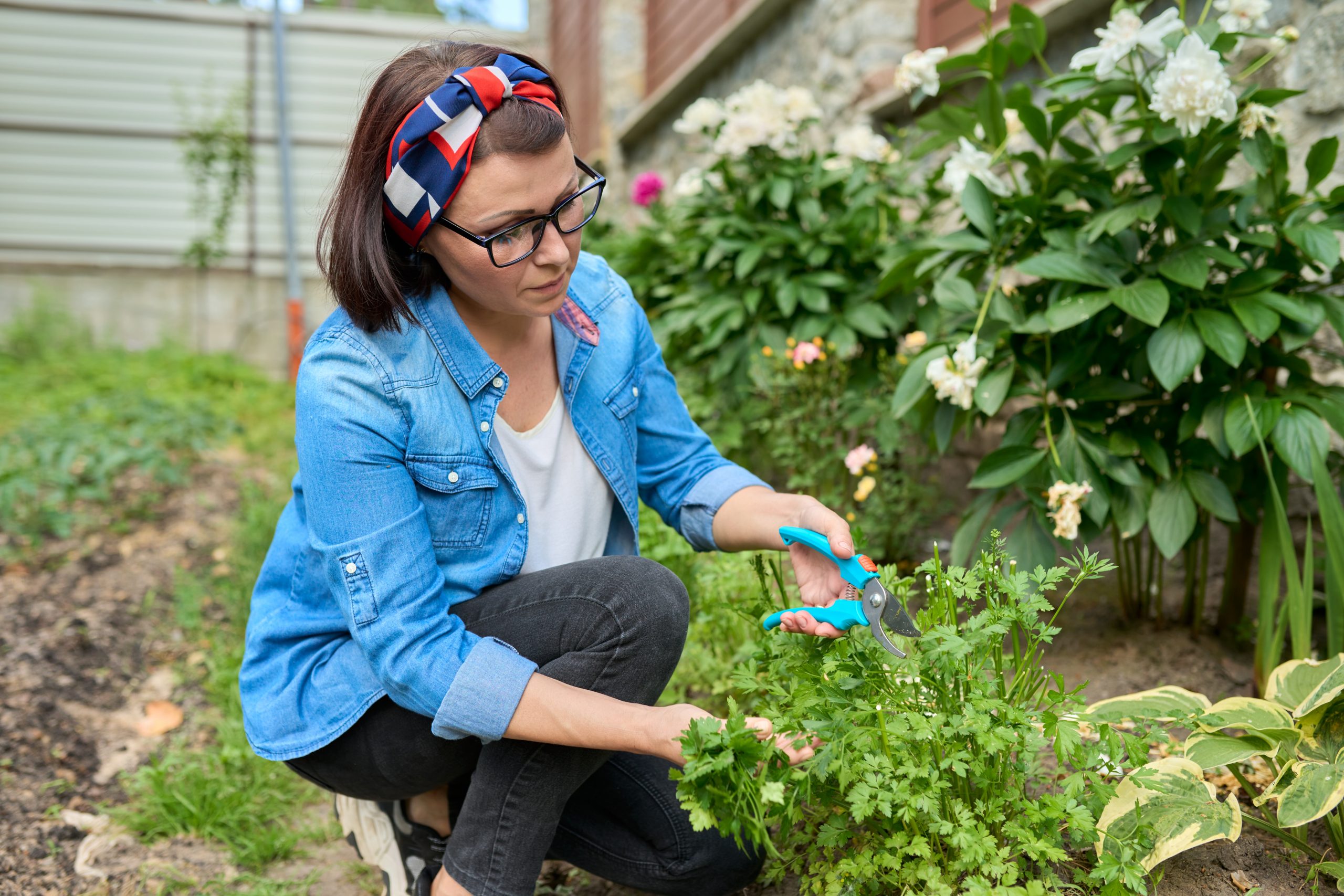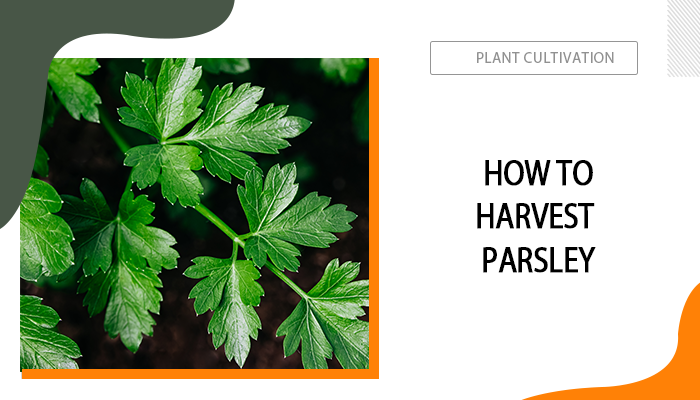Have you ever noticed how a sprinkle of parsley can transform a dish from good to gourmet? That's the magic of this humble herb. And guess what? Harvesting your own parsley not only brings you immediate cuisine but also contributes to its further growth, so you can keep harvesting the herb in the near future, just like how to harvest romaine lettuce. Want to know how to harvest parsley so it keeps growing? Check this detailed guide!
Table of Contents
When to Harvest Parsley
If you are looking for a specific time or date, parsley typically takes between 70 and 90 days of growth before it's ready for harvesting. This period allows the plants to develop ample foliage, essential for a good harvest.
However, if you want to know the appearance of mature parsley that’s ready to be picked up, look for a plant with at least 5 to 10 main stems. This indicates that the plant has grown sufficiently and has enough foliage to withstand being harvested without being overly depleted.

After the initial harvest, you can expect to harvest parsley weekly. Regular harvesting encourages further growth, as cutting herbs typically stimulates more production. In some areas, parsley can overwinter, meaning you might be able to harvest fresh parsley again in its second year. This biennial characteristic allows for extended harvesting periods in favorable climates.
Step-by-step Guide on Harvesting Parsley
Once you are sure that the herb has grown sufficiently, let’s see how to harvest parsley so it keeps growing.
Step 1: Gather your kitchen shears or a sharp pair of scissors for a clean cut.
Step 2: Aim the lower leaves (with stems) on the outside of the plant. These are typically more mature and ready for harvesting. Also, these stems are not very productive so you don’t need to worry about cutting them off.
Step 3: Bunch the stems and leaves together for easier cutting. Snip the stems off at ground level.
Step 4: Cutting at the base of the plant, including the stem, is crucial. This approach stimulates more growth from the center of the plant.

When harvesting parsley, be mindful not to harvest more than 1/3 of the plant at a time. Only by doing so, the plant remains healthy and continue to produce new growth. If you need a large amount of parsley, consider growing several plants to avoid over-harvesting from a single plant.
How to Harvest Parsley to Dry
Once you collect the fresh parsley, it’s suggested to either consume it immediately or store it. For short-term 7 to 10 days of storage, place the cut parsley in a glass of water and refrigerate. However, if you aim to store harvested parsley dry, here’s what you need to do:
- Wash the parsley, pat it dry, and then let it dry completely in a warm, airy place. Once dry, remove the leaves from the stems, discard the stems, and store the dried leaves in an airtight container.
- Alternatively, you can freeze parsley. Wash, pat dry, and freeze the leaves. Frozen parsley is best used within a year.
Does Parsley Grow Back after You Cut It
Yes, parsley can regrow after you harvest it, provided that you leave enough of the plant intact. When harvesting parsley, you should avoid cutting more than one-third of the plant at a time. By doing so, the remaining leaves have the chance to continue providing energy for the plant to grow.
Conclusion
In essence, harvesting parsley isn't just about elevating your meals—it's a sustainable cycle. Timing is crucial; mature parsley, with 5 to 10 main stems, signals readiness. Follow a careful cutting process, leaving at least two-thirds of the plant for ongoing growth. This approach allows for weekly harvests and ensures a continuous supply. So, armed with shears, relish the enriching experience of cultivating and enjoying a perpetual parsley harvest.




